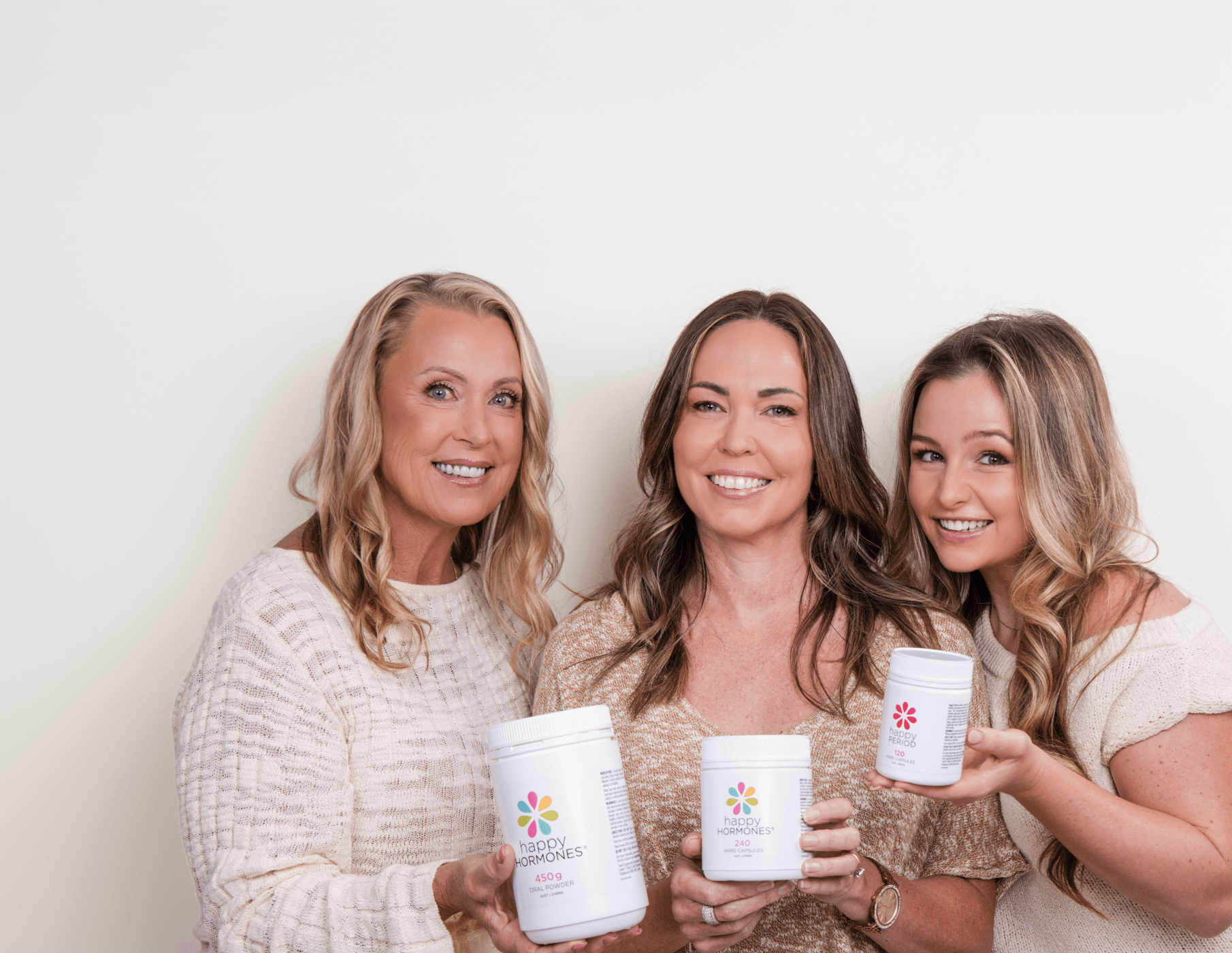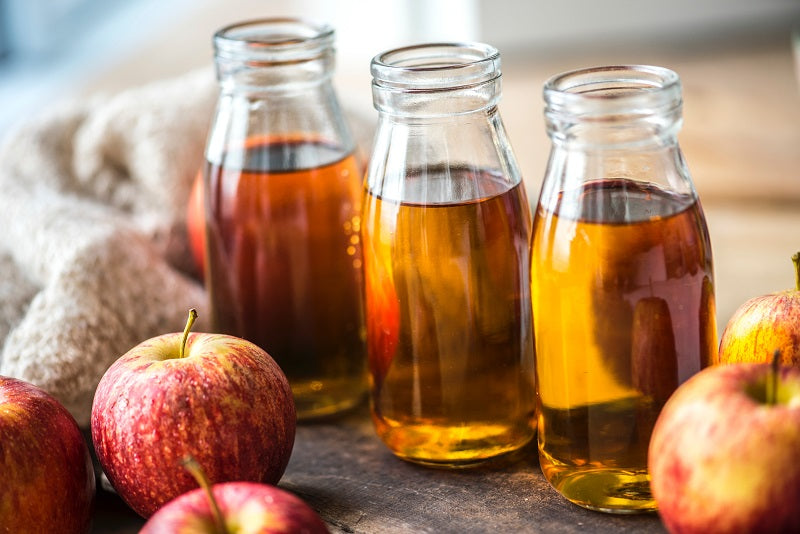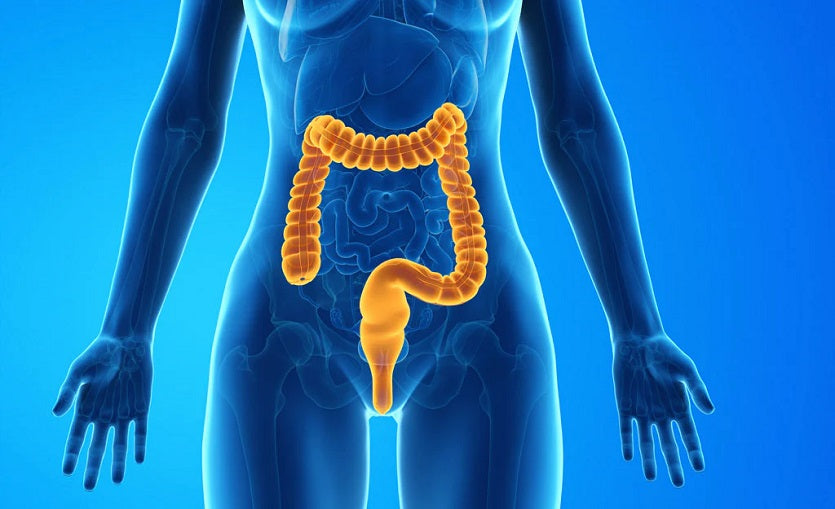Understanding Your Poo
By Paige Greacen

It’s possible to assess your digestive health purely by understanding the signs and symptoms your faecal matter presents. The Bristol stool chart is a fantastic guide to understanding our stool and getting to know how our bowels react to stimuli from our lifestyle and dietary routines. The chart uses seven different classifications/groups and images to categorize the health of our bowel movements.
Types of stools

Ideally, we want to easily pass a brown-coloured type 4 bowel motion without any strain to the body, with a feeling of full evacuation afterwards. Bacterial imbalances and misalignment of the colon may be causations of incomplete evacuations and further investigations are important to assist with these issues.
Healthy transit time can range from 12-24 hours; anything less may indicate a lack of absorption of vital nutrients from the foods we eat. On the other hand, longer transit time can increase potential toxic build-up within the colon.
Constipation (type 1-2) can arise for a number of reasons including dehydration, diet, bowel flora, food sensitivities, and some medications. Cracks in the stool highlight the level of dehydration also.
Diarrhoea (type 5-7) can be a result of factors including antibiotic use, food sensitivities, viral infections, and chronic inflammatory bowel conditions. Diarrhoea can cause micro trauma to the mucosa of the digestive tract, creating inflammation and malabsorption of micronutrients and macronutrients.
Discolouration of the stools
Our bile creates a healthy brown colour that’s the gold standard. Light or clay-coloured stools tell us the production of bile is not optimal or can be the side effect of some medications.
Green-coloured stools can be indicative that food is moving too quickly through the large intestine, not allowing enough time for the bile to break down the foods completely. It can also be from the consumption of chlorophyll-rich foods or artificial colours in food.
Black-coloured stools may indicate potential bleeding in the upper gastrointestinal tract, whereas reddish stools can be indicative of blood in the lower intestinal tract. This should be assessed by your medical practitioner; however, it may also be simply from the consumption of red wine.
Yellow and greasy foul-smelling stools often indicate excess fat, mostly due to malabsorption issues.

Smell and texture
Offensive smells of either stools or flatulence (commonly known as farting or passing wind) also tell a story. They’re another good indicator of prolonged transit time causing too much fermentation in the colon, potential gut imbalances and possible parasites.
Inflammation in the mucous membranes of the colon or in the gut will present as clear or white mucus in the stool or toilet bowl. An imbalance in stomach pH and digestive capacity can be seen when there are undigested food particles in the stool.
An oily film on the toilet water surface may indicate fat malabsorption issues (pancreatic insufficiency) or insufficient bile production.
Digestive supplements for healthy bowels
Gut health powder formulations are now available to support optimal digestive function and promote regular, healthy, and comfortable bowel movements. These formulations typically contain a blend of carefully selected ingredients that work synergistically to nourish and balance the delicate ecosystem within the digestive tract.
One of the primary ways gut health powders like Happy Digestion can improve stool consistency is by providing prebiotics and probiotics. Prebiotics are types of dietary fibre that serve as food for the beneficial bacteria residing in the gut.
By nourishing these friendly microbes, prebiotics promote their growth and proliferation, leading to a more balanced and diverse gut microbiome. This balance is crucial for maintaining regular bowel movements and preventing issues like constipation or diarrhea.

Key Takeaway
It pays to learn what type of faecal matter is typically considered healthy. Knowing the looks, colour, size, shape, and even smell of your poo can help you make dietary and lifestyle changes that will not only improve the health of your bowels but also your overall digestive health.
Happy Greens and Happy Turmeric are other good tools you may want to consider to assist in building healthy probiotic levels. If you are suffering from digestive disturbances, book our online clinic for a one-on-one consultation with one of our holistic healthcare practitioners.
Healthy Poo → Happy Gut = a Happy YOU!
REFERENCES
Shim, L., Talley, N. J., Boyce, P., Tennant, C., Jones, M., & Kellow, J. E. (2013). Stool characteristics and colonic transit in irritable bowel syndrome: evaluation at two time points. Scandinavian journal of gastroenterology. 48(3), 295–301.
https://pubmed.ncbi.nlm.nih.gov/23320464/
Blake MR, Raker JM, Whelan K. Validity and reliability of the Bristol Stool Form Scale in healthy adults and patients with diarrhoea-predominant irritable bowel syndrome. Aliment Pharmacol Ther. 2016 Oct;44(7):693-703.
https://pubmed.ncbi.nlm.nih.gov/27492648/
Vandeputte D, Falony G, Vieira-Silva S, Tito RY, Joossens M, Raes J. Stool consistency is strongly associated with gut microbiota richness and composition, enterotypes and bacterial growth rates. Gut. 2016 Jan;65(1):57-62.
https://pubmed.ncbi.nlm.nih.gov/26069274/
In Short: Understanding Your Poo & Digestive Health
Your stool is a powerful indicator of digestive health. By using the Bristol stool chart, assessing colour, shape, smell, and texture, you can identify potential gut imbalances, hydration issues, or nutrient absorption problems. Paying attention to these signs helps guide dietary and lifestyle changes for a healthier gut.
Key Takeaways
- Healthy stool – Ideal is a type 4, brown-coloured motion that passes easily with full evacuation.
- Constipation (types 1–2) – Often linked to dehydration, diet, bowel flora imbalance, or medication.
- Diarrhoea (types 5–7) – May result from antibiotics, food sensitivities, infections, or inflammation.
- Colour changes – Green, black, red, yellow, or pale stools can indicate bile issues, bleeding, diet, or malabsorption.
- Smell & texture – Offensive odour, mucus, undigested food, or oily residue may reveal poor gut balance or fat malabsorption.
- Gut health support – Supplements like Happy Digestion, Happy Greens, and Happy Turmeric provide prebiotics, probiotics, and anti-inflammatory nutrients to improve stool consistency and overall gut health.
Learning to “read” your poo offers insights into gut health and helps you make changes for regular, comfortable, and healthy bowel movements.







Leave a comment
This site is protected by hCaptcha and the hCaptcha Privacy Policy and Terms of Service apply.